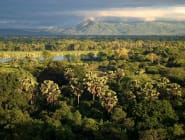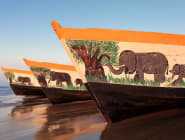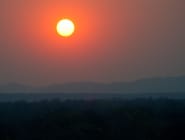Places to Visit in Malawi
Malawi is a very long country – almost 600km from north to south and with that comes spectacular varied landscapes. The focal point of Malawi undoubtedly is Lake Malawi that simply has to be seen to be believed.

It is hard to fathom that it is indeed a freshwater lake when you are stood on its shores as it is so vast and you are tricked into thinking it is an ocean. Often referred to as “the calendar lake” as it is 365 miles top to bottom and by 52 miles at its widest point. At Scott Dunn we have a couple of remote beach locations on the lake shore where the sand is so fine it squeaks and where the water is so blue and clear that it resembles the Indian Ocean. For a wildlife safari, we recommend a few nights in either the Liwonde or Majete National Parks where the wildlife roam is near complete remoteness. For those who really want to experience the best places to visit in Malawi, we recommend heading to the far north or south of the country where activities galore await in the middle of huge rolling hills.
Where to go in Malawi
Map featuring best places to visit in Malawi
Places on the map
-
Lake Malawi Malawi
-
Majete Wildlife Reserve Malawi
-
Blantyre and southern Malawi Malawi

Our team of travel specialists are waiting to help you book your next adventure.


